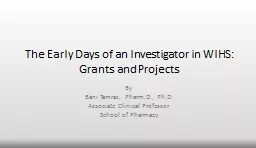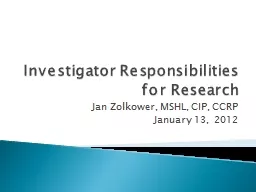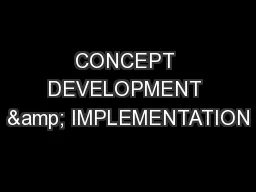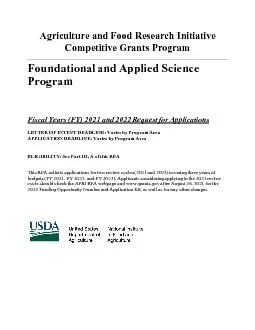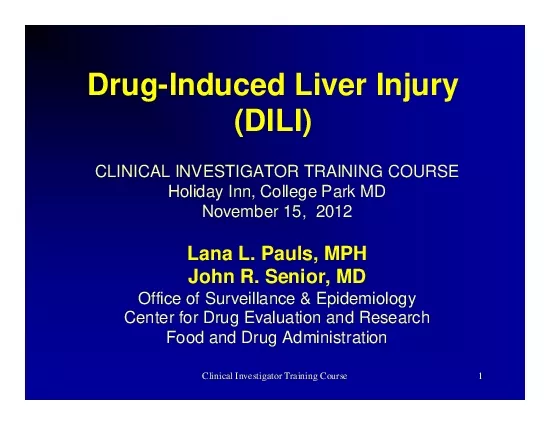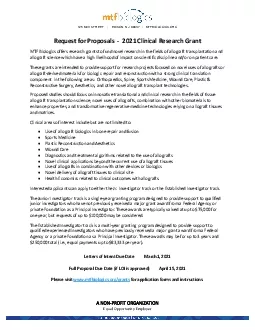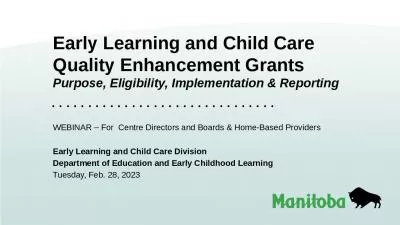PPT-The Early Days of an Investigator in WIHS: Grants and Projects
Author : mitsue-stanley | Published Date : 2019-06-29
By Bani Tamraz PharmD PhD Associate Clinical Professor School of Pharmacy Research Interests Identification of genetic determinants of drug response Translate
Presentation Embed Code
Download Presentation
Download Presentation The PPT/PDF document "The Early Days of an Investigator in WIH..." is the property of its rightful owner. Permission is granted to download and print the materials on this website for personal, non-commercial use only, and to display it on your personal computer provided you do not modify the materials and that you retain all copyright notices contained in the materials. By downloading content from our website, you accept the terms of this agreement.
The Early Days of an Investigator in WIHS: Grants and Projects: Transcript
Download Rules Of Document
"The Early Days of an Investigator in WIHS: Grants and Projects"The content belongs to its owner. You may download and print it for personal use, without modification, and keep all copyright notices. By downloading, you agree to these terms.
Related Documents

